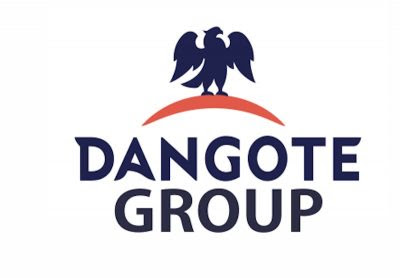African migrants are seeking a cheaper and dangerous path to Europe with a rising number setting sail for Spain from Morocco using toy dinghies and jetskis, migration experts say.
According to Krzysztof Borowski, spokeman of the European Union’s border agency Frontex, most migrants are crammed into flimsy toy boats, raising fears over their safety.
“The use of these playthings is troubling … one large wave and they can flip over and leave people in danger.
“Their vessels of choice are high risk. These toy boats are very hard to spot at sea for rescue operations.” he said.
The voyage from Libya across the Mediterranean Sea to Italy remains the most popular route, 95,000 migrants have set sail this year, yet numbers are down compared with 2016, while sea arrivals to Spain from Morocco have more than doubled.
At least 6,000 migrants have taken the latter route this year, with many looking to avoid lawless Libya and cross a shorter stretch of sea traditionally used to smuggle drugs,
Borowski said the bodies of 25 migrants have been recovered along the route this year, but the total number of deaths is likely to be far higher as most corpses are never found.
While the average price demanded by smugglers for the journey has doubled over the last year to about 1,000 euros (900 pounds), it is still cheaper than other routes, Frontex said.
Smugglers in Morocco offer different options to migrants, the less risky the trip, the higher the price, ranging from toy dinghies to speedboats to jetskis, with the crossing taking only 30 minutes but costing up to 3,000 euros (2,700 pounds).
Spain’s maritime rescue service, which includes ships, planes and helicopters, rescues migrants at sea and takes them to cities such as Almeria, Malaga, Tarifa, with the Spanish Red Cross on hand to offer aid from healthcare to food and water.
Also, Inigo Villa, head of the disaster management unit at the Red Cross, said the number of arrivals from north Africa is likely to increase further due to the good summer weather.
“Migrants have said: ‘Once you decide to take the risk, it is the route (Morocco-Spain) with the least risk,’” Villa said.
Thousands of migrants also try to enter Spain by storming the borders of its two enclaves in northern Africa, Ceuta and Melilla, often clambering up huge fences topped by razor wire.
The number entering Spain via the enclaves more than doubled in the first six months of the year from the same period in 2016 to 3,200 people, Spain’s Interior Ministry said. Reuters













